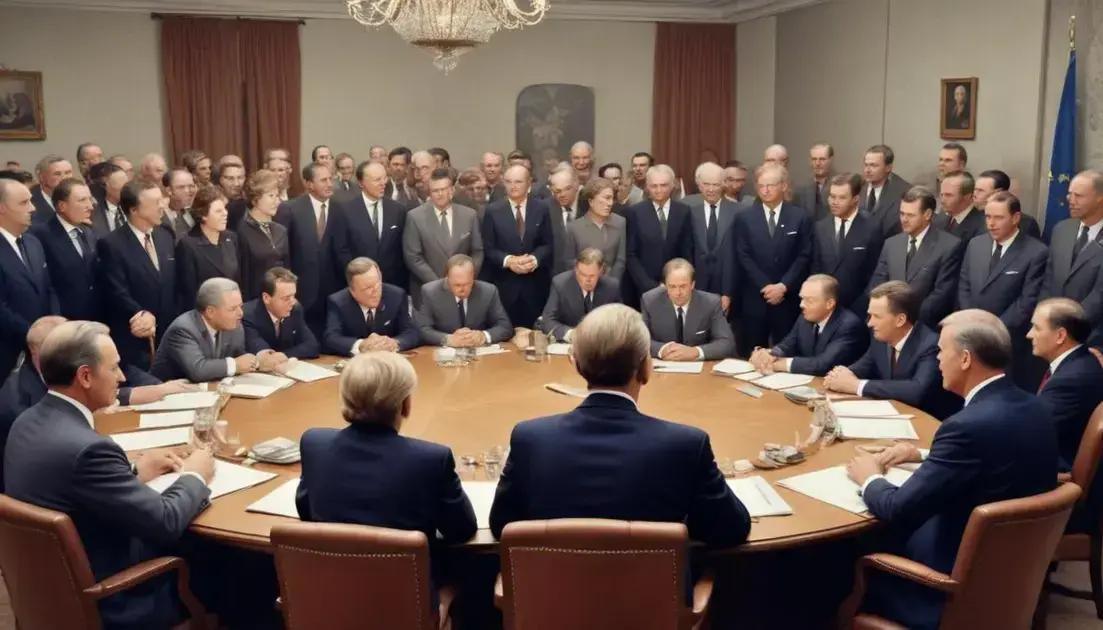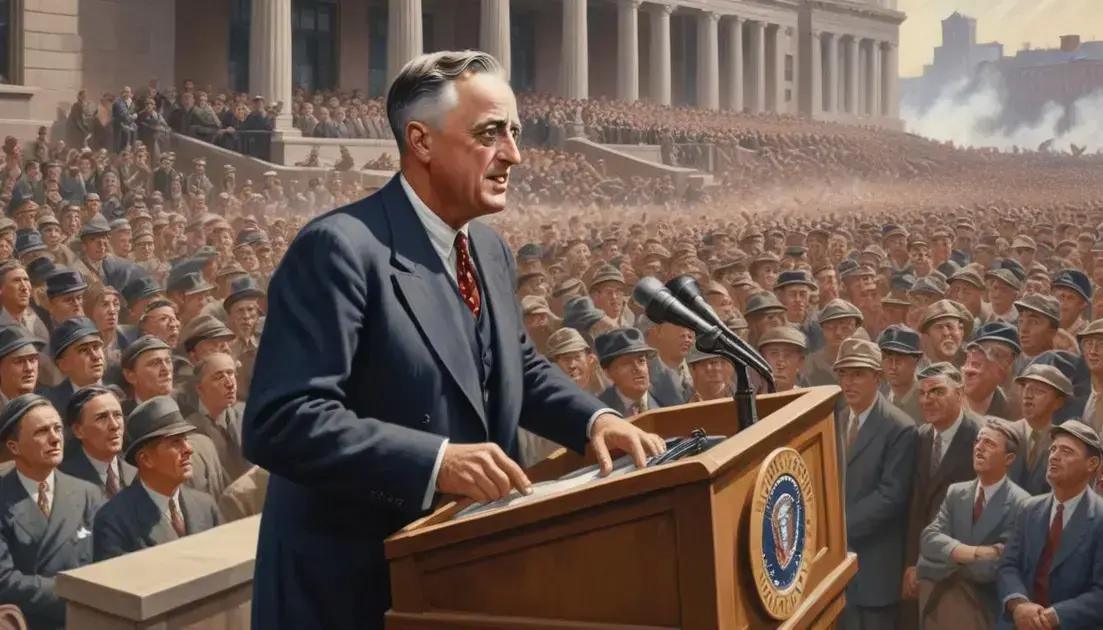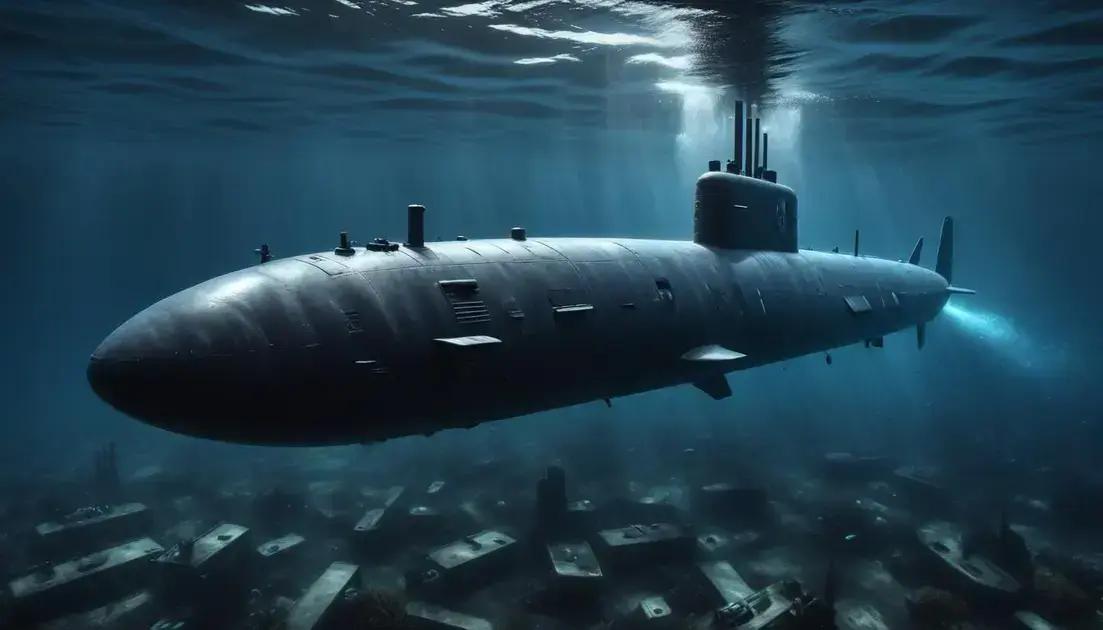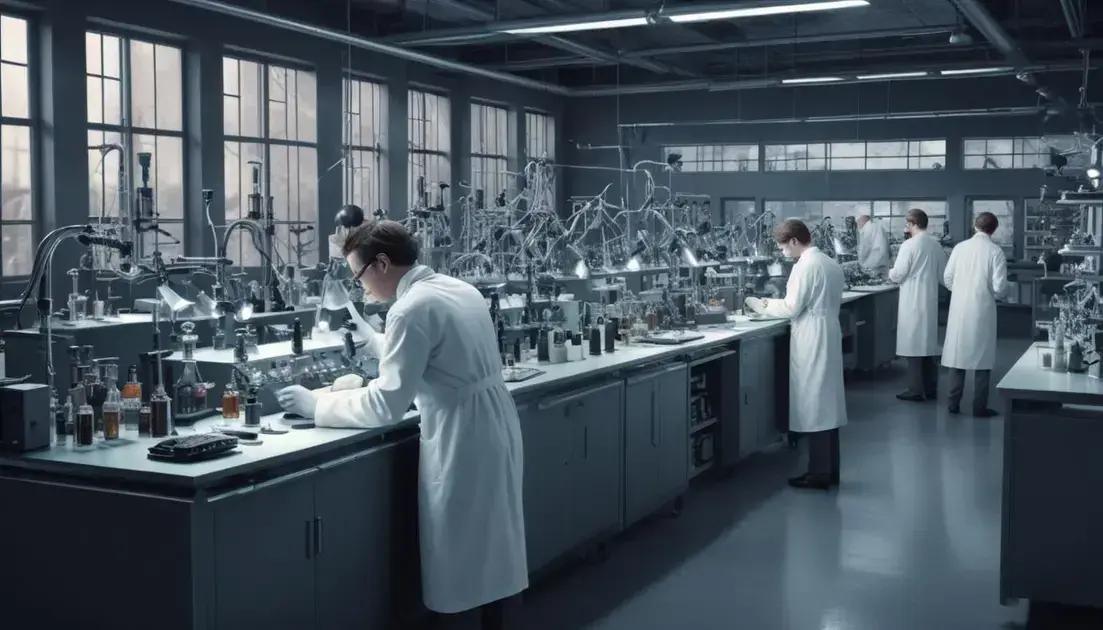
European Community: Integration Against Cold War Chaos
The European Community aims to enhance unity among its member states through key institutions and treaties, fostering collaboration on economic, political, and social issues. The focus on addressing challenges like climate change and promoting technology is crucial for its future growth. Striving for deeper integration, the community embraces both democratic values and technological advancement to ensure a prosperous and stable Europe.
In a world still reeling from conflict, European Integration emerged as a beacon of stability. How did this unity shape our present?
Overview of European Integration
European Integration refers to the process of uniting European countries politically and economically. This journey began after the devastation of World War II. The main goal was to ensure lasting peace and cooperation among European nations.
Key Milestones in Integration
One major step was the formation of the European Coal and Steel Community in 1951. This agreement helped six countries manage their coal and steel industries together. It laid the groundwork for future collaboration.
Another significant milestone was the signing of the Treaty of Rome in 1957. This treaty established the European Economic Community (EEC), aiming to create a common market. This meant that goods, services, people, and capital could move freely across borders.
Establishing the European Union
The EEC eventually paved the way for the European Union (EU) in 1993 with the Maastricht Treaty. The EU aimed to deepen political and economic ties among its member states. At its core, the EU promotes stability, democracy, and economic growth.
Current Structure
Today, the EU consists of 27 member countries. Each nation works together through shared institutions like the European Commission and the European Parliament. These bodies help manage policies and ensure that every country’s voice is heard.
Benefits of European Integration
European Integration has many benefits. It fosters peace and stability, reduces conflicts, and increases trade among nations. The EU allows for a bigger market, which can lead to economic growth and job creation.
In addition, shared policies on issues like the environment and security help member states tackle challenges more effectively. Cooperation can lead to better solutions and faster responses.
Challenges Ahead
Despite its successes, European Integration faces challenges. Economic disparities among member countries can lead to tension. Issues such as immigration and differing national policies also need careful handling to maintain unity.
Impact of the Cold War
The Cold War had a huge impact on European Integration. It shaped how countries interacted and collaborated. The tension between the United States and the Soviet Union pushed European nations to unite against a common threat.
Political Division
During the Cold War, Europe faced a clear divide. The West leaned toward democracy and capitalism. Meanwhile, the East followed a communist model under Soviet influence. This division made it crucial for Western Europe to strengthen their ties.
Formation of Alliances
To counter the Soviet threat, Western European countries sought deeper political and military alliances. NATO, formed in 1949, created a defense pact among Western nations. This cooperation built a sense of security that fostered further integration.
Economic Collaboration
Economic unity became essential during this period. The Marshall Plan, launched in 1948, provided aid to rebuild European economies. This support encouraged countries to work together, leading to trade agreements and shared policies.
Promotion of Democracy
The Cold War also focused on promoting democratic values in Europe. Countries that embraced democracy banded together. This solidarity helped shape policies that would eventually lead to the European Union.
Lasting Influence
Even after the Cold War ended, its impact on European Integration remained. The lessons learned during this time continue to influence European policies today. Nations recognize the importance of working together to ensure stability and peace.
Key Institutions and Treaties
Key institutions and treaties are essential for European Integration. They help manage relations among member countries and set rules to follow. Understanding these bodies is crucial to grasp how integration works.
The European Union (EU)
The EU is the main institution for integration in Europe. It was founded to strengthen cooperation among countries. The EU creates laws that impact member states in various areas, including trade and environment.
The European Commission
The European Commission is the EU’s executive branch. It proposes new laws and policies. It also ensures that countries follow EU rules. The Commission plays a vital role in promoting European interests.
The European Parliament
The European Parliament represents EU citizens. Members of the Parliament (MEPs) are elected every five years. The Parliament discusses and votes on new laws, helping shape EU policies.
The Council of the European Union
The Council represents member states. Each country sends ministers to discuss important issues. The Council is key for decision-making, especially in areas like foreign policy and security.
Important Treaties
Treaties set the foundation for cooperation. The Treaty of Rome, signed in 1957, established the EEC. Later, the Maastricht Treaty created the EU in 1993. These treaties outline principles and procedures for collaboration.
The Lisbon Treaty, effective in 2009, updated many EU rules. It aimed to make the Union more democratic and efficient. These treaties illustrate how European nations work together through established agreements.
Future of the European Community
The future of the European Community looks promising. It faces challenges, but also many opportunities for growth and development. As Europe continues to evolve, member countries are finding new ways to work together.
Continued Integration
Integration among member states is likely to deepen. Countries will work on joint projects, especially in technology and sustainability. This collaboration can boost economic growth and enhance living standards across Europe.
Addressing Challenges
European leaders recognize ongoing challenges. Issues like rising nationalism and economic disparities need attention. Finding common ground is crucial for unity and stability in the region.
Climate Initiatives
The EU is committed to tackling climate change. New policies will focus on renewable energy and reducing carbon emissions. This focus could also create jobs and foster innovation.
Global Influence
The European Community aims to strengthen its role on the global stage. Through diplomacy and trade, the EU can influence international policies and promote peace.
Technology and Digitalization
With the rise of digital technology, the EU plans to enhance digital infrastructure. This includes improving internet access and cybersecurity. Embracing technology is vital for future competitiveness.
Strengthening Democracy
The future will also focus on strengthening democratic values. Ensuring that all citizens feel included is key. Active participation in decision-making will help build trust in institutions.
Conclusion
In conclusion, the European Community holds great promise for the future. By continuing to integrate and address challenges, member countries can create a stronger and more united Europe. Focusing on climate change, technology, and democracy will guide this journey.
As Europe embraces new opportunities, collaboration among nations will be key. Together, they can tackle pressing issues and shape a brighter future. Successful partnerships will not only enhance prosperity but also ensure a peaceful and thriving continent for generations to come.


